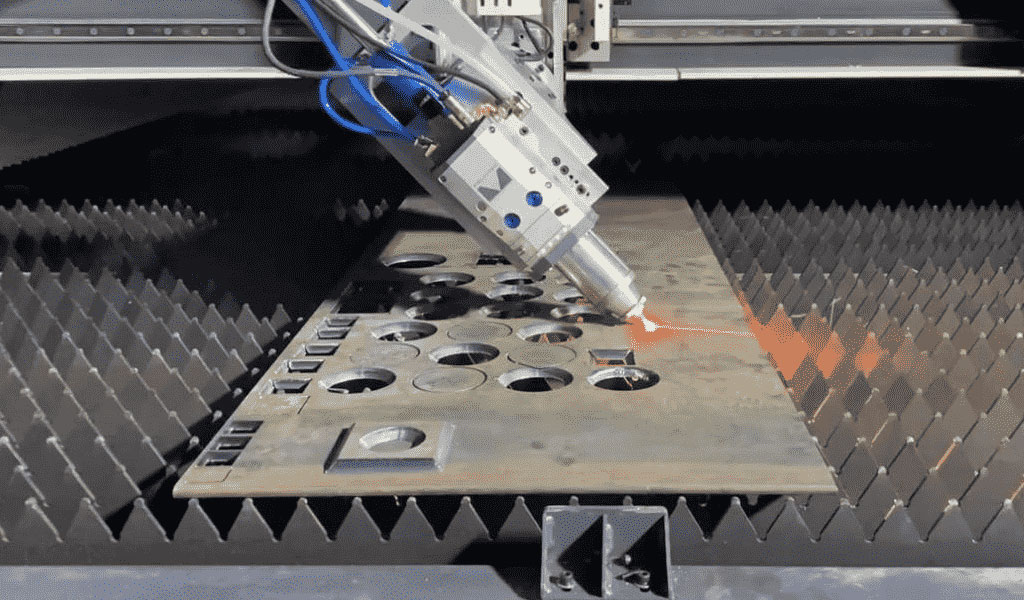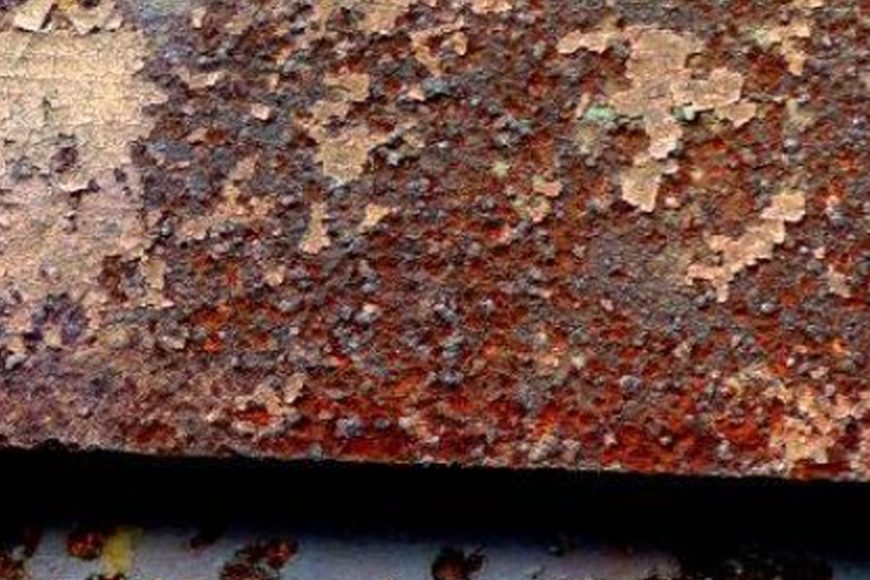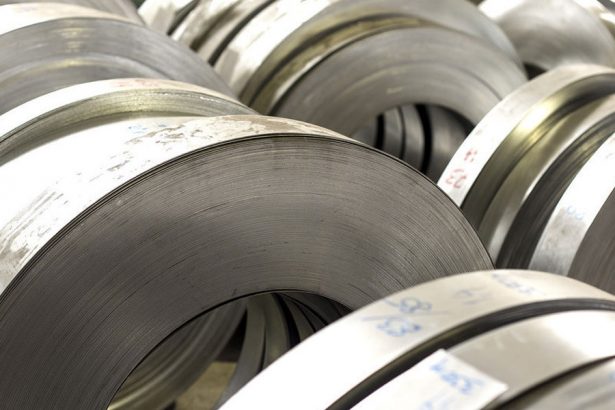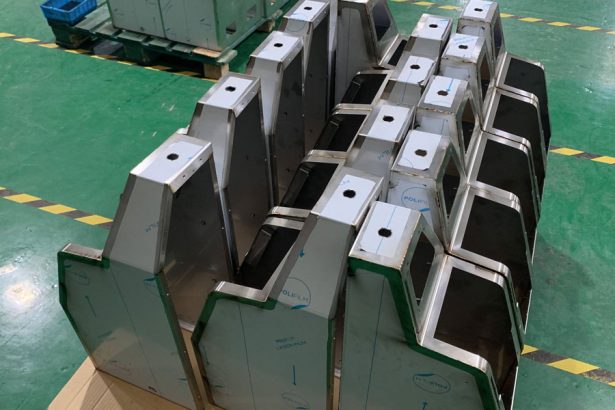Rust, the nemesis of metal, can be a persistent and unsightly problem. Whether it’s a cherished antique, a vital component of your vehicle, or simply a piece of outdoor furniture, metal objects are vulnerable to corrosion over time. Fortunately, rust doesn’t have to be a permanent affliction. In this comprehensive guide, we’ll explore effective methods for removing rust from metal surfaces and share valuable tips on how to prevent it from returning.
Part 1: Removing Rust
Gather Your Tools
Before you begin the rust removal process, it’s crucial to assemble the necessary tools and materials. You’ll need the following items:
- Safety goggles and gloves
- A wire brush or steel wool
- Sandpaper in varying grits (coarse to fine)
- Rust converter or rust remover
- A bucket of water
- Clean rags or paper towels
- A primer and paint suitable for metal (if required)
Safety First
Ensure you’re working in a well-ventilated area, preferably outdoors, to avoid inhaling potentially harmful fumes from rust removers or paint. Always wear protective gear, including safety goggles and gloves, to shield yourself from any chemicals or debris.
Remove Loose Rust
Start by using a wire brush or steel wool to scrape away any loose rust from the metal surface. Be gentle to avoid causing further damage, but thorough enough to get rid of flaky rust particles.
Sanding
Once the loose rust is removed, use sandpaper in a sequence of coarse to fine grits to smooth the metal surface. This step not only eliminates remaining rust but also prepares the surface for treatment and future paint or coating.
Rust Remover or Converter
Apply a rust converter or rust remover according to the manufacturer’s instructions. These products chemically alter the rust and prevent it from spreading further. Be sure to use these products in a well-ventilated area and wear protective gear. After applying the rust converter, let it sit for the recommended time, then wipe off any residue with a clean cloth.
Rinse and Dry
Thoroughly rinse the metal with clean water to remove any remaining rust converter or remover. Dry the surface completely to prevent new rust from forming due to trapped moisture.
Primer and Paint (if needed)
If the metal object will be exposed to the elements, applying a primer and rust-resistant paint can provide an extra layer of protection. Follow the manufacturer’s instructions for these products and allow proper drying time.
Part 2: Preventing Rust
Regular Cleaning and Maintenance
One of the most effective ways to prevent rust is to keep metal objects clean and dry. Regularly clean them with a mild detergent, and wipe them dry to remove any moisture that could lead to rust formation.
Protective Coatings
Consider using protective coatings such as wax, oil, or clear sealants on your metal items. These coatings create a barrier that inhibits moisture and oxygen from coming into contact with the metal surface.
Store Metal Items Properly
Store metal objects in a dry, well-ventilated area. If storing them outdoors, cover them with waterproof materials to shield them from rain and other environmental elements.
Galvanization
Galvanizing metal involves coating it with a layer of zinc, which acts as a sacrificial barrier that prevents rust from forming on the underlying metal. This is a common method used in the manufacturing of metal products.
Stainless Steel and Rust-Resistant Alloys
Choosing stainless steel or rust-resistant alloys for certain applications can be a long-term solution to rust prevention. These materials are inherently resistant to corrosion.
Conclusion
Rust on metal may be a persistent problem, but with the right knowledge and tools, you can effectively remove it and implement preventive measures to ensure it doesn’t return. By following the steps outlined in this comprehensive guide, you can extend the lifespan of your metal possessions and keep them looking their best for years to come. Remember that proactive rust prevention is the key to maintaining the integrity and aesthetics of your metal items.

China Sheet Metal Fabrication Manufacturer
Custom precision metal fabrication services. Product specialties include UL® certified NEMA enclosures for various environmental conditions. Capabilities include punching, shearing, laser cutting, bending, machining, press brake forming, and welding. Materials worked with include mild steel, stainless steel, aluminum, brass, and more. Production volumes range from prototype to 10,000 pieces annually. Contract options include discrete orders, blanket orders, quarterly buys, and annual contracts. Value added services include inventory management, rapid prototyping, process development, design for manufacturability, inspection, supply chain management, transportation, and logistics. Industries served include aerospace, automotive, defense, electronic, electrical, entertainment, food and beverage, health, industrial automation, machinery, medical, oil, energy, power, sporting goods, telecommunications, transportation, and more.
using high quality materials
for your sheet metal parts orders
We uses a wide range of material selections for our sheet metal fabrication process. Among our materials are aluminum, stainless steel, brass, magnesium, copper, carbon steel, bronze, galvanized steel, and more. Each material is available in different grades and varieties. Rest assured that all the materials used for your sheet metal parts are durable, corrosion-resistant, long-lasting, rust-proof, wear-resistant, and high-performance. If you want a specific material to be used in the sheet metal fabrication process, don’t hesitate to contact us!
- Carbon Steel
- Stainless Steel
- Aluminum
- Brass
- Copper
- Magnesium
- Bronze
- Galvanized Steel
Why BE-CU is Trusted by 1000+ Clients
Our sheet metal fabrication covers a lot of benefits to many industries, businesses, or projects. Below are the advantages of our services.
- Affordable and Fast Production:We can quickly produce different sheet metal prototypes and final products. KDM offers speedy production while assuring high precision. Our high-volume production also allows us to have cost-effect sheet metal fabrication services.
- Excellent Strength to Weight Ratio:Through our advanced sheet metal fabrication, we can produce sheet metal parts that are lightweight yet durable. We assure high strength, scratch resistance, and corrosion resistance to all produced sheet metal products.
- Wide Range of Materials and Techniques Used:We are experts in different sheet metal fabrication techniques that allow us to produce complex parts with additional intricate features such as notches, slots, holes, etc. Our wide range of sheet metal materials can also withstand electrical, high heat, corrosion, and more.
Online Contact China Precision Sheet Metal Manufacturers
As a direct supplier of precision machined and finished complete components to all segments of the aerospace, semiconductor, automotive, and medical industries, including innovative high tech startups, BE-CU Sheet metal manufacturer is your trusted source for precision sheet metal fabrication services.
To learn more about our aluminum,stainless steel and other steel alloy sheet metal fabrication services, contact us, or give us a call at +86 153 8731 8440, and one of our expert associates will assist you. BE-CU is your trusted source for premium sheet metal fabrication services and metal spinning china manufacturer.




